| Wednesday, November 17, 2021 | |
SESSION 1: IMAGINING THE NEW NORMAL |
|
| 10:00 | Opening remarks by Laith Altimime, President, SEMI Europe |
| 10:05 | Opening remarks by session chair, Mario von Podewils, Site Manager Itzehoe, X-FAB |
| 10:10 | How COVID-19 affects the semiconductor shortage and demand post 2021, Ondrej Burkacky - Senior Partner at McKinsey & Co. |
| 10:30 | The Tier 1 perspective on current supply chain disruptions and moving forward in the new normal, Robert Bosch |
| 10:50 | Success stories of Digital transformation, ASML |
| 11:10 | Panel discussion |
SESSION 2: TECHNOLOGY INNOVATION AND CAPACITY INCREASE BY LEVERAGING EU FUNDING |
|
| 11:40 | Opening remarks by session chair, Thomas Richter, VP Manufacturing Frontend, Robert Bosch GmbH |
| 11:50 | EU Commission on activities updates for expanding manufacturing footprint |
| 12:10 | IPCEI 1 overview – summary of current activities |
| 12:30 | Lunch break with opportunity to visit posters on EU funded projects |
SESSION 3: SUSTAINABLE MANUFACTURING SOLUTIONS |
|
| 13:20 | Opening remarks by Joerg Recklies, Senior VP, Infineon Technologies |
| 13:30 | Presentation coming soon, STMicroelectronics |
| 13:50 | Presentation coming soon, Air Liquide |
| 14:10 | Reserved for sponsor |
SESSION 4: FAB AUTOMATION: PROCESS & EQUIPMENT TRANSFORMATION FOR A CONNECTED, INTELLIGENT FAB |
|
| 14:20 | Welcome note |
| 14:30 | Jumpstart Your Smart Journey |
John Behnke, GM Final Phase Systems, INFICON Jumpstart Your Smart Journey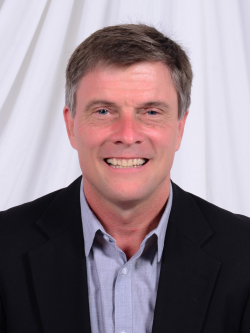
 Abstract Biography |
|
| 14:40 | Reserved for Siconnex |
| 15:00 | Coffee break |
| 15:20 | Reserved for Pfeiffer Vacuum |
| 15:40 | Can AI Optimize Your Equipment's Throughput ? |
Doug Suerich, Product Evangelist, PEER Group Can AI Optimize Your Equipment's Throughput ?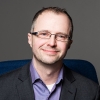
 Abstract Biography |
|
| 16:00 | Reserved for TEL |
| 16:10 | Remote operations / training new employees in time of disruption; integrating new training solutions; managing operations when staff is digital. |
Andreas C. Zimmer, Executive Search & Selection Consultant, ZIAN & Co industrial consulting and recruitment Remote operations / training new employees in time of disruption; integrating new training solutions; managing operations when staff is digital.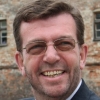
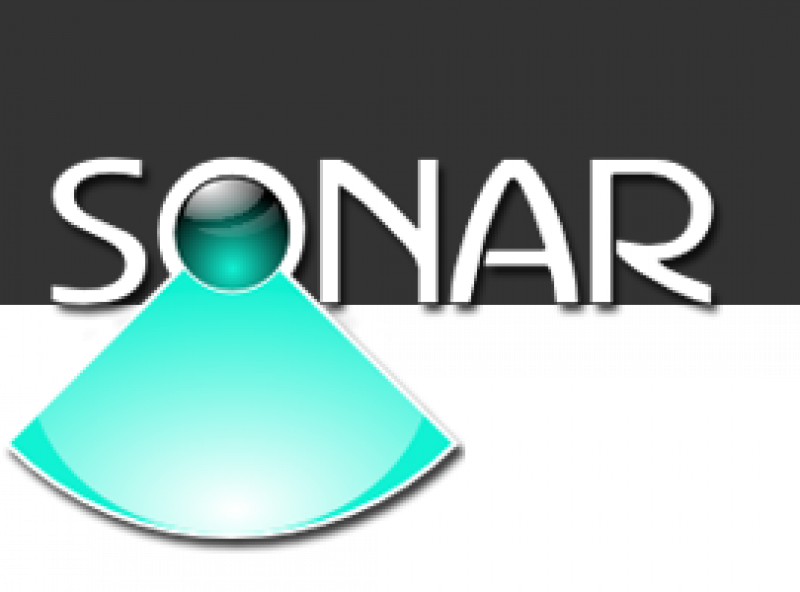 Abstract Biography |
|
| 16:30 | Reserved for Ebara |
| 16:50 | Challenges and opportunities for adopting digital Twins in semiconductor industry |
Fahad Golra, Research Coordinator, Agileo Automation Challenges and opportunities for adopting digital Twins in semiconductor industry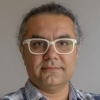
 Abstract Biography |
|
| 17:10 | Vocus: The most sensitive detector of air molecular contaminants |
Carla Frege, Application scientist, Tofwerk Vocus: The most sensitive detector of air molecular contaminants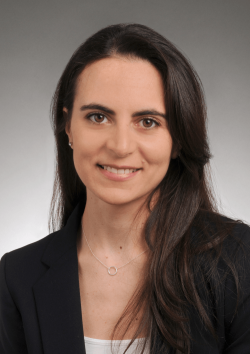
 Abstract Concentration decay of common inorganic acids in a FAB environment. The markers show the quantification limit of each compound. Arrows on the right axis show the 1 minute LOD of the Vocus Biography |
|
| 17:30 | End of summit |